What Is Outtasking? Selective Outsourcing for Efficient Task Management
Outtasking refers to the targeted delegation of individual business tasks to external service providers. Unlike traditional outsourcing—where entire departments or processes are transferred—outtasking focuses on specific functions or clearly defined sub-tasks. This selective approach combines flexibility, cost efficiency, and control, making it a popular strategy in modern IT and business management.
Outtasking vs. Outsourcing
In classic outsourcing, companies transfer complete operational areas or entire infrastructures to external partners. Outtasking, however, involves outsourcing only selected activities or responsibilities while retaining full oversight of core processes and staff.
This approach allows businesses to evaluate service providers in smaller, low-risk stages before committing to larger-scale outsourcing partnerships. It’s often considered a strategic entry point into broader outsourcing models such as Managed Services.
Advantages of Outtasking
- Cost savings: Companies only pay for specific services, reducing personnel and infrastructure costs.
- Flexibility: Tasks can be reassigned or expanded dynamically based on project needs.
- Risk reduction: Smaller scopes allow for controlled testing of service quality and performance.
- Process control: Internal teams retain oversight and decision-making authority.
- Access to expertise: Specialized providers deliver professional support in areas such as development, security, or support.
Typical Use Cases
Outtasking is particularly effective for operational or technical functions that are not part of a company’s core business. Common examples include:
- IT infrastructure management and server monitoring
- Web development and design projects
- Data entry and content management
- Helpdesk and 24/7 support services
- Software testing and quality assurance
Challenges and Best Practices
Successful outtasking requires precise analysis of business processes and value chains. Companies must determine which areas are suitable for partial outsourcing without disrupting workflows. Transparency, well-defined service level agreements (SLAs), and continuous communication between internal teams and external partners are essential for achieving measurable results.
Outtasking in the Global Context
Many organizations utilize outtasking partners in countries with lower labor costs, such as Romania or India. This enables high productivity at reduced expenses. However, security, time zone differences, and compliance must be carefully managed when selecting international providers.
Conclusion
Outtasking offers an efficient way to strengthen business agility, reduce costs, and access specialized expertise—without giving up control. It is an ideal model for companies that want to extend their capabilities selectively while focusing on their core competencies.
Discover how centron’s Managed Server and cloud infrastructures can complement your outtasking strategy with scalable and secure IT performance.

